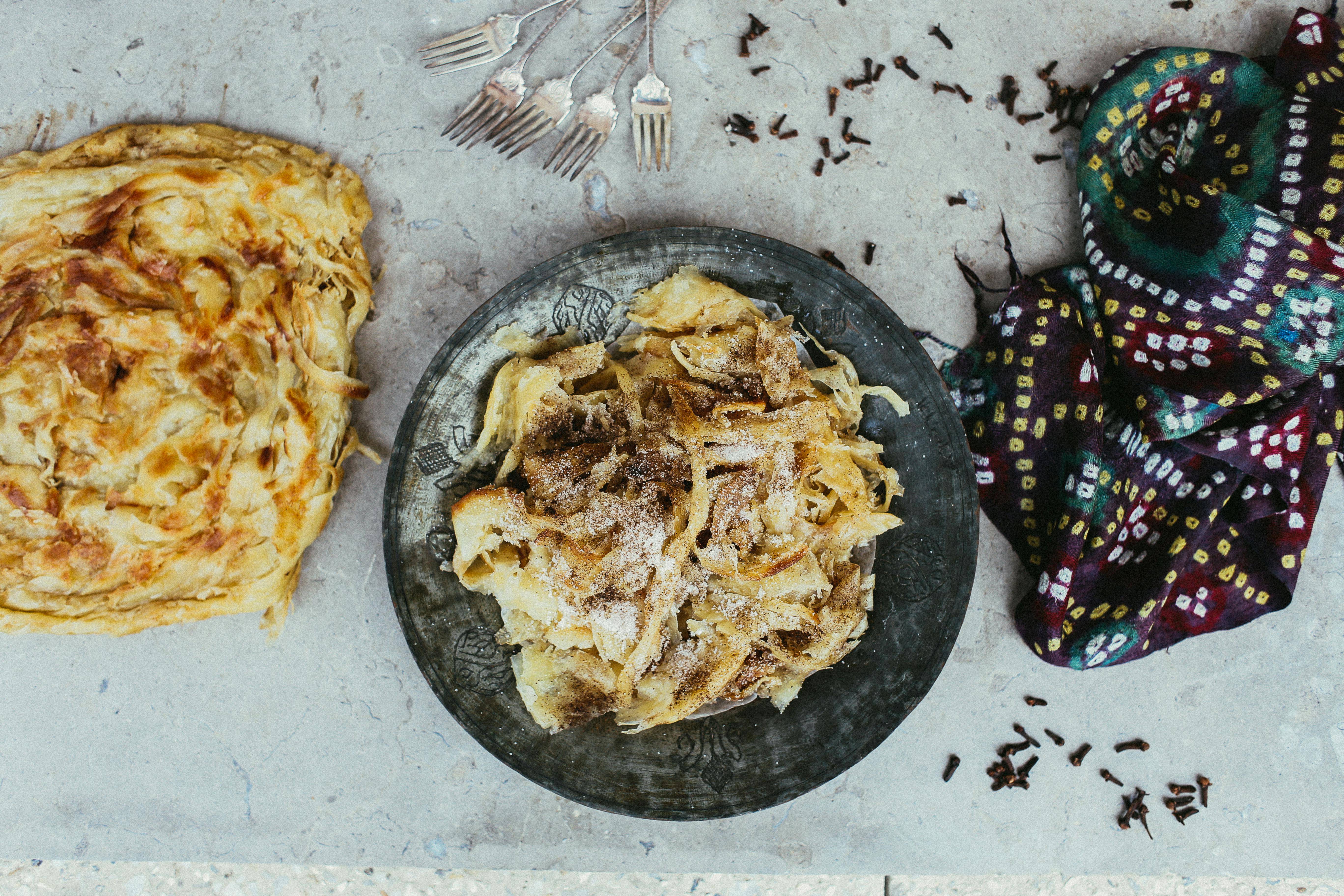When a person, whether a foodie or simply someone who appreciates good, well-prepared food, thinks of delicious and innovative meals, the name Fannie Merritt Farmer comes to mind. Her story is one of determination to teach the public that one doesn’t have to be a professional chef to live an ideal life in the kitchen and at home.
Bostonian Fannie Merritt Farmer (b. March 23, 1857) was the eldest of four daughters born to a strong Unitarian family headed by John Franklin Merritt and Mary Ann Watson. Her parents strongly believed in a good education for her daughters and it was a given that each of them would finish college. Unfortunately for her, Fannie, while still in high school, suffered a paralytic stroke in her left leg, possibly as a result of polio. Treated like an invalid for several years, she was not allowed to return to school.
Farmer, 30, not wanting to spend her remaining years languishing in bed, hired herself as a mother’s helper to a prominent family friend, Mrs. Carlos Shaw. Mrs. Shaw urged Fannie to enroll in classes at the Boston School of Cooking to become a professional cooking instructor. Founded in 1879 by the Boston Women’s Education Association, the school emphasized a more intellectual and structured approach to food preparation and attention to diet, and over time women gained elevated status not only as cooks, but as educated cooks. instructors and health authorities, both for the normally healthy but also for the chronically ill in its post-Civil War school form founded by philanthropists and reformers. Working class women were given the opportunity to enter the professional workforce when the labor market for women was not at its optimum. With an emphasis on science and domestic skills, the Boston Cooking-School quietly encouraged upper-class women to learn a “respectable” means of supporting themselves in the event of a change of fortune or the death of a husband. Mrs. Mary Johnson Lincoln, after the collapse of her husband’s finances, was one such woman. Becoming a renowned cooking teacher and author of the original edition of the Boston Cookery School Cookbook, she was an inspiration to Fannie Farmer. Farmer completed the school’s 2-year program in 1889 and went on to become assistant principal and then principal in 1891.
Fannie Farmer’s first cookbook, a revised version of Mrs. Lincoln’s book, The Boston Cooking-School Cookbook, was published in 1896 and is still in print today. It was based on Mrs. Lincoln’s school recipes, without giving Lincoln credit for them. The farmer’s edition was concise and simple, with a comprehensive scope. Its selling point was how well it blended food science with appealing recipes. The Farmer’s Book formed a systematic description of the kitchen. The Boston Cooking-School Cookbook undoubtedly left Fannie Farmer a woman of generous means. Because the publisher was wary of taking on a commercial company designed by a woman, they insisted that she pay all of the initial printing costs. Because of this one-sided attitude, Farmer ended up retaining the royalties and profits and was in the position, if she so wished, to make some men very uncomfortable for doubting her business acumen. .
In 1902, Farmer left her post so she could open Miss Farmer’s School of Cookery. She here she put more emphasis on teaching housewives and midwives of society. Her new goal was to focus on healthy diets for the sick and the chronically ill or disabled. Farmer was involved in training hospital dietitians and nurses, as well as lecturing regularly at Harvard Medical School. Farmer also published, in 1904, what she considered her magnus corpus: Food and Cookery for the Sick and Convalescent. The topics he tackled here ranged from breastfeeding babies to drinking alcohol to practically a treatise on diabetes, all the while cajoling his readers into making pretty presentations of food for the sick: serving a bread and butter sandwich on heart shape on a dainty plate instead of carelessly tossing a piece of bread and a ball of butter. She felt that the aesthetics helped the patient to have a faster recovery.
During the remaining years of his life, Farmer continued to lecture across the country. Towards the end, she suffered two more strokes and was forced back into her wheelchair. She read up to ten days before she died (January 15, 1915). Her school continued to flourish under the direction of Alice Bradley, until it closed in 1944.
If for nothing else, Fannie Merritt Farmer was revered by millions for her innovations in the way a recipe was written. She standardized the size of measurements so that a cup was always a cup, no matter what substance was being measured. This brought much more precision so that in theory the recipe could be doubled each and every time without all the guesswork that was expected – that little element of surprise! Her successes led the public to call her the “mother of level measurements” or “the pioneer of the modern recipe”.
NEXT SHOT: Lizzie Black Kander created the famous cookbook that has been used for the last 100 years by all strata of American society. Originally written to teach newly arrived immigrants how to properly fit into turn-of-the-20th-century Milwaukee, these young women learned to do everything domestic, from baking to cleaning, in a manner equal to that of an assimilated well. resident. From this book came the famous Milwaukee Settlement House and its even more renowned cookbook.




